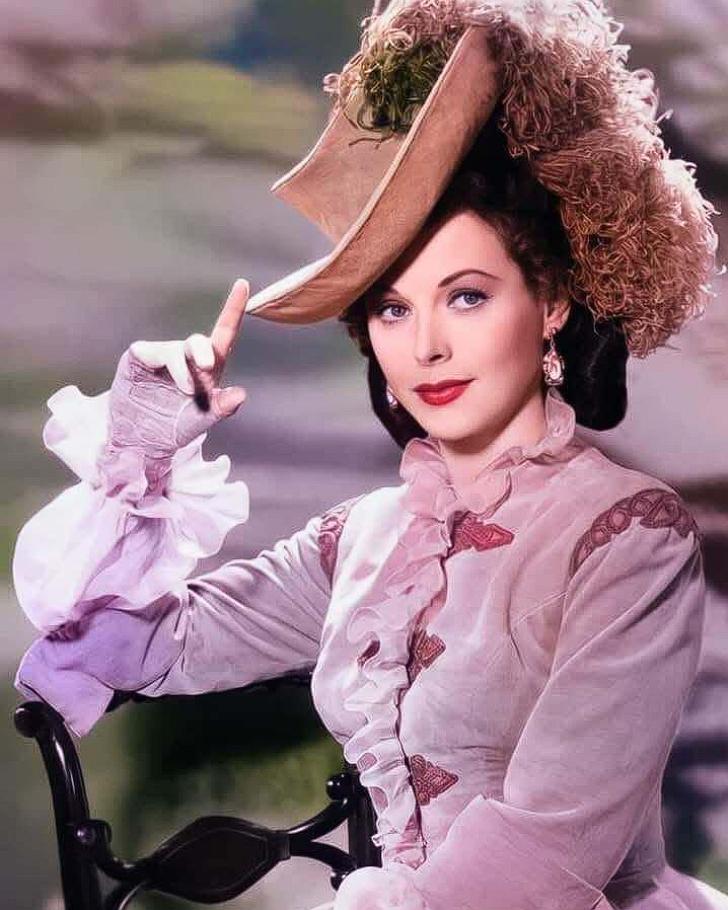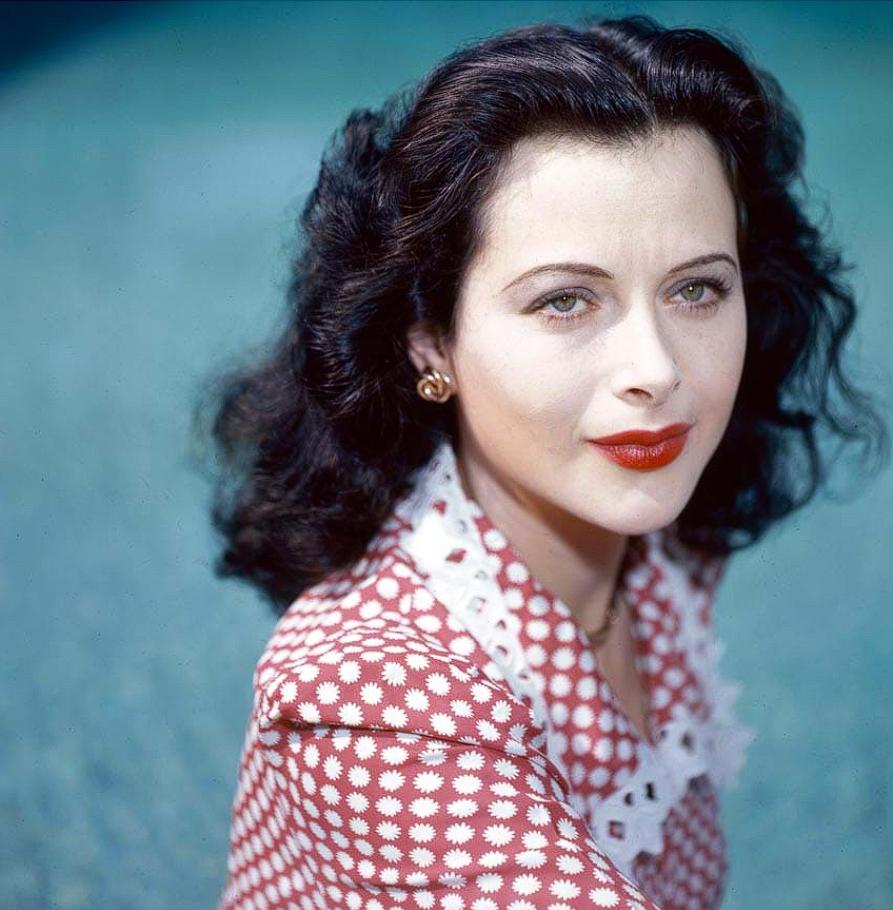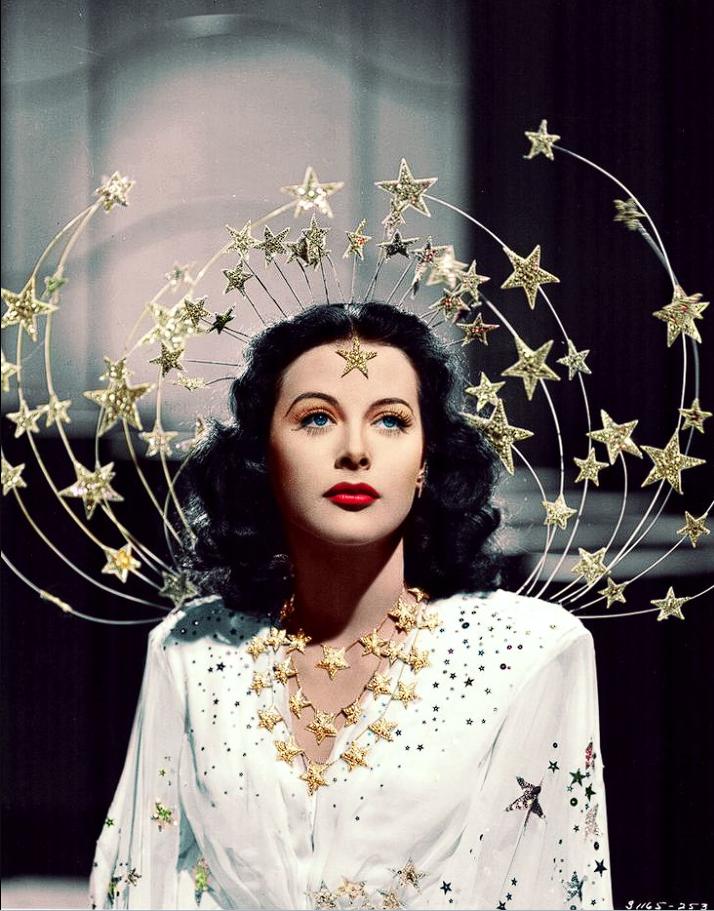Hedy Lamarr: The Hollywood Star Who Invented the Future
Few figures in history embody contradiction as gracefully as Hedy Lamarr. Known to millions as one of the most stunning women of Golden Age Hollywood, Lamarr captivated audiences in films like Algiers (1938) and Samson and Delilah (1949). Her dark eyes, sculpted features, and commanding presence earned her comparisons to the most legendary screen goddesses.
But what the world didn’t see—what most still overlook—was the inventor at her core.
A Mind Hidden Behind the Spotlight
Behind the glamour of red carpets and studio lights, Hedy Lamarr found her sanctuary not in nightclubs, but at her drafting table. Frustrated by the shallow roles offered to her—often nothing more than “the beautiful woman”—she turned to science as a form of rebellion and escape.
It was during World War II that her most profound contribution began to take shape. In collaboration with avant-garde composer George Antheil, Lamarr developed a concept for a frequency-hopping spread spectrum communication system. Their invention aimed to protect radio-guided torpedoes from being detected or jammed by enemy forces—an innovation decades ahead of its time.
Though the U.S. Navy initially dismissed the idea, the underlying principles would eventually become foundational to technologies like Wi-Fi, Bluetooth, and GPS.
Self-Taught Genius, Underestimated Woman
What makes Lamarr’s story even more astonishing is that she was entirely self-taught. With no formal education in engineering or physics, she taught herself through relentless curiosity and experimentation. Her ideas were filed away for years, forgotten by the institutions that ignored her, only to later be recognized as revolutionary.
In 1942, she and Antheil received a patent for their invention, but it would take decades before the world acknowledged what they had truly achieved.
Legacy of a Visionary
Hedy Lamarr’s life stands as a powerful challenge to the binary thinking that separates beauty from brilliance. In a time when women—especially in Hollywood—were rarely seen as anything more than ornaments, she proved that intelligence and elegance could exist in tandem.
Today, she is remembered not only for her unforgettable face on the silver screen but also as a pioneer whose vision laid the groundwork for the digital age.

